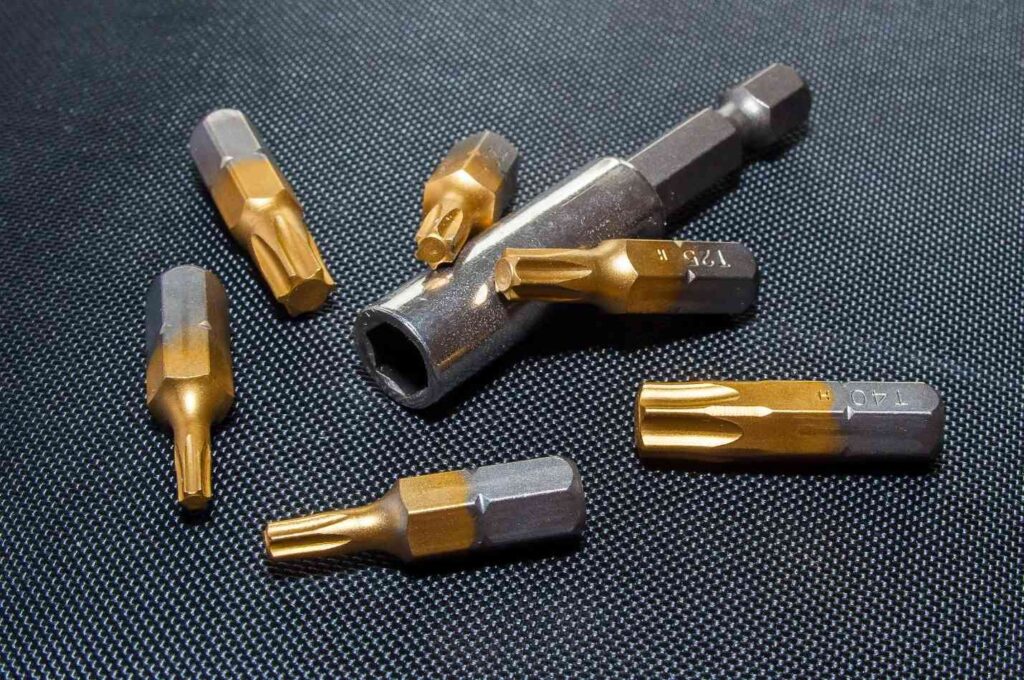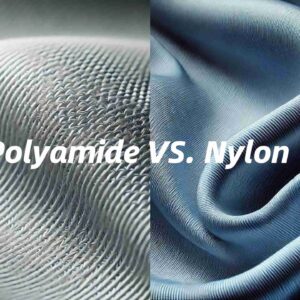In exciting situations, titanium delivers strength-to-weight ratio and corrosion resistance. However, stainless steel has good cost efficiency, machinability, and tensile strength. Knowing their properties helps choose between titanium vs. stainless steel in applications that need strength, durability, and budget. Let’s have a detailed comparison of titanium vs. stainless steel.
What is Titanium?
The transition metal titanium’s strong strength-to-weight ratio, corrosion resistance, and biocompatibility render it ideal for tough environments. With a 4.5 g/cm³ density, it is 45% lighter than stainless steel and possesses high tensile strengths (up to 1,100 MPa) in alloyed forms. Grade 1 is ductilest. Grade 4 is the strongest pure titanium.
Aircraft frames, marine propellers, medical implants, luxury watches, and jewelry benefit from titanium’s oxide layer’s saltwater and chloride resistance. Titanium alloys can withstand 800°C for jet engines and other high-temperature applications. Biocompatibility does not corrode or react in the body and supports its use in bone and joint replacements.
What is Stainless Steel?
Stainless steel has mechanical and corrosion-resistant qualities due to its iron, chromium, nickel, and molybdenum alloys. 10.5% chromium helps generate a thin, self-healing oxide layer that gives stainless steel corrosion resistance. Each stainless steel (Ferritic, Austenitic, Martensitic, Duplex, and Precipitation-Hardening) is tuned for particular conditions and mechanical needs.
Austenitic grades 304 and 316 are corrosion-resistant, but molybdenum makes 316 appropriate for maritime applications. High-carbon martensitic steels are brittle yet applicable in cutlery and surgical instruments that demand hardness. Aerospace uses martensitic-austenitic Precipitation-Hardening steels for strength. Its flexibility renders stainless steel advantageous in kitchen appliances, surgical equipment, automotive exhaust systems, and structural components.
While comparing titanium vs. stainless steel, stainless steel offers higher tensile strengths in many grades but at nearly twice the weight for high-impact applications.
Titanium vs. Stainless Steel: Key Differences
The following table compares titanium vs. stainless steel’s differences based on specific criteria:
| Factor | Titanium | Stainless Steel |
| Weight | Lightweight (4.5 g/cm³) | Heavier (7.8-8 g/cm³) |
| ~45% lighter than stainless steel | Suitable for applications where weight is less of a concern | |
| Strength and Durability | High strength-to-weight ratio, good durability | Higher overall tensile strength in specific grades |
| Ideal for high-stress, weight-sensitive applications | Durable and rigid, good for load-bearing applications | |
| Corrosion Resistance | Excellent resistance in seawater, acids, and chlorides | Good resistance; varies by grade (316 is better for marine applications) |
| Self-healing oxide layer | Chromium-based protective layer, vulnerable to pitting in high-chloride environments | |
| Heat Resistance | Moderate, up to 600°C for pure titanium, 800°C for alloys | Higher, up to 800-900°C depending on grade |
| Suitable for high-temperature applications, though slightly lower tolerance than stainless steel | Ideal for industrial and kitchen equipment | |
| Elasticity | Lower elasticity (115 GPa); more prone to deformation | Higher elasticity (200 GPa) for greater flexibility |
| Less flexible, which can complicate machining | Easier to shape and form in manufacturing | |
| Machinability | Challenging; needs special tools, lower speeds, and high-pressure cooling | Easier to machine with standard tools in certain grades like 303 |
| Low thermal conductivity can cause overheating | More forgiving to work with, usually needing less specialized equipment | |
| Weldability | Requires special welding techniques (GTAW, PAW) and controlled environments due to high reactivity | Easier to weld using TIG, MIG, and other common welding methods |
| More complex for quality welds | Less expensive and time-consuming to weld |
Price and Availability Comparison
Titanium: Cost and Availability Challenges
Titanium extraction from ore entails the laborious, resource-intensive, high-energy Kroll process, making it costly. Ti-6Al-4V, a 6% aluminum-4% vanadium alloy, is expensive. Such alloys cost up to $50 per kg and need extensive processing. Titanium is geologically scarcer than iron, which renders it hard to find in high-grade forms. Limited forms (sheets, tubes) and lengthy lead times for aerospace and medical-grade titanium alloys raise costs and restrict accessibility.
Stainless Steel: Cost Efficiency and Wide Availability
Due to its iron foundation, stainless steel is cheaper and more available. Iron, the fourth most prevalent metal in Earth’s crust, is easily accessible and processed. Standard stainless steels cost around $1 per kg. Stainless steel is also available in sheets, pipes, rods, and wires for industries from construction to medical devices. In large-scale uses where cost and availability are key, stainless steel is inexpensive due to its lower extraction and production costs.
Environmental and Sustainability Factors
Titanium: Energy Demands and Limited Recycling
Titanium extraction is energy-intensive owing to its high melting point (1,668°C) and the Kroll process, which calls for considerable heating and chemical reduction to turn ore into metal. Titanium manufacturing releases higher tons of CO₂ per ton of titanium due to energy requirements for high temperatures. Titanium recycling is rare, at 10-15%. Nevertheless, titanium’s broadened life expectancy decreases the replacement rate in high-stress aerospace and marine. The durability balances some of its preliminary environmental costs over decades.
Stainless Steel: Efficient Recycling and Reduced Emissions
Due to its recycling infrastructure, stainless steel can be recycled at 95%. Reusability cuts waste and primary production for less emissions. Stainless steel manufacture uses less energy than titanium owing to iron’s lower melting temperature (1,535°C) and easier alloying procedures. Unlike titanium, stainless steel manufacturing releases lower tons of CO₂ per ton. In titanium vs. stainless steel, stainless steel is preferred for high recyclability and low lifetime emissions.
Choosing the Right Material for Your Project
When choosing between titanium vs. stainless steel, assess if your project prioritizes low weight, high strength, or corrosion resistance. For projects needing frequent machining or welding, stainless steel offers predictable formability and lower tooling wear. However, titanium’s corrosion resistance in chloride-heavy or acidic environments is better. For sustainability, stainless steel’s recycling rate and established processing render it more energy-efficient. Still, titanium’s durability can offset its initial environmental impact in long-term, high-stress uses.
ShanenTech can help pick titanium vs. stainless steel if you’re still unsure. Contact us now.
FAQs about Titanium vs. Stainless Steel
Which Is Better, Titanium Or Stainless Steel?
Note that stainless steel has higher overall strength, while titanium has higher strength per unit mass. So, stainless steel might be chosen if overall strength is the driver of an application.
What Lasts Longer, Stainless Steel Or Titanium?
Titanium outlasts stainless steel owing to its corrosion resistance and strength. It applies in corrosion-prone situations, including seawater or chemicals.
What Are The Disadvantages Of Titanium?
- High reactivity and specialized management in production stages.
- Risk of impurities during the Kroll process, VAR, or machining.
- Expensive EBCHR process to decrease impurity risks.
- Loses strength at temperatures above 400°C to limit high-temperature applications.
- Needs machining with precise cutting tools, speeds, and feeds.
- Environmental impact from extraction, including deforestation and soil degradation.
- Risk of heavy metal contamination in drinking water due to mining processes.
- High extraction and manufacturing costs.
What Is More Expensive, Stainless Steel Or Titanium?
A titanium-grade product is generally more expensive than stainless steel.




